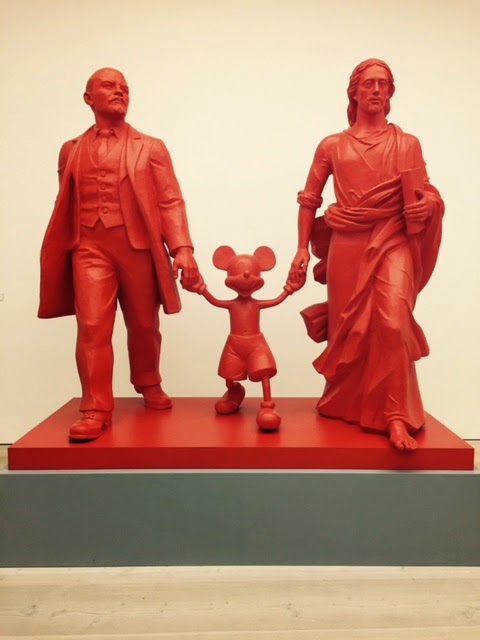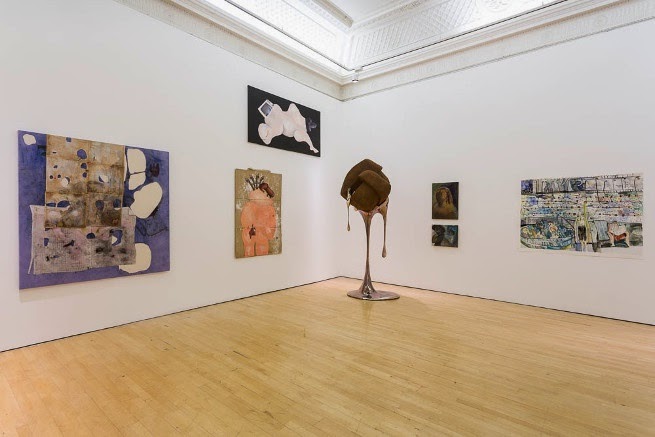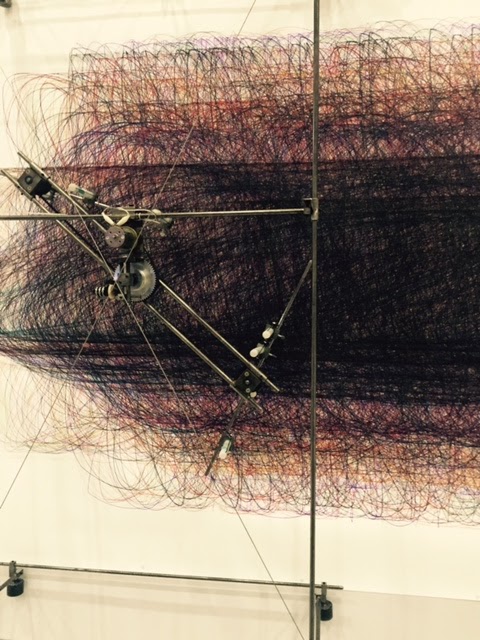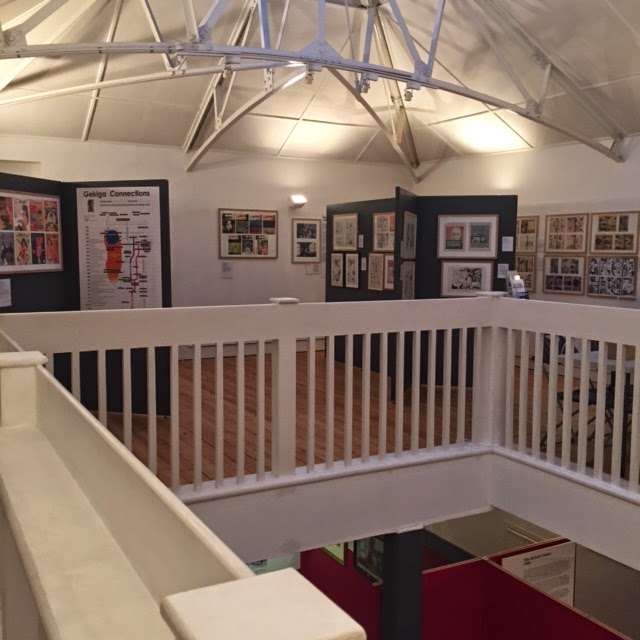...he wasn’t an easy gentleman to describe

Small exhibition at the Museum of London of photographs by Kasia Wozniak to compliment the Sherlock Holmes show. I found the premise for this display a bit contrived. The idea was to use outfits reimagined from the Holmes stories using 21st century menswear designed in London. The outfits were then photographed using the Holmes generation technique of wet plate collodian images which just produces one print of the image. Added to this was the idea of whether we can read people by their clothes. The idea was an interesting one but I thought there were just not enough images to make it work and I would not have seen a Holmes link unless I’d been told. To me the images just looked styled not like real people, more of a fashion shoot.


















